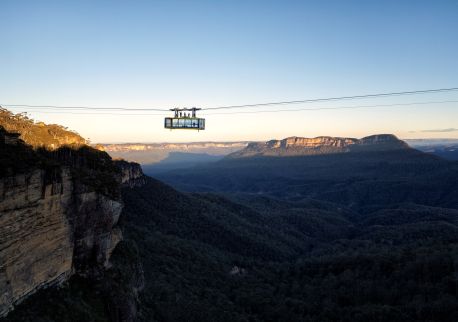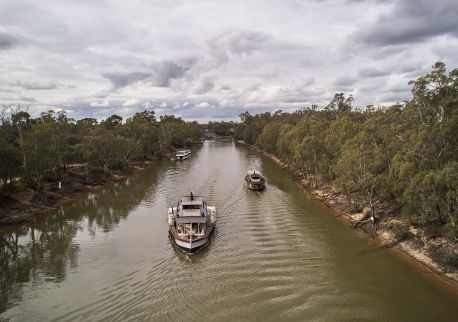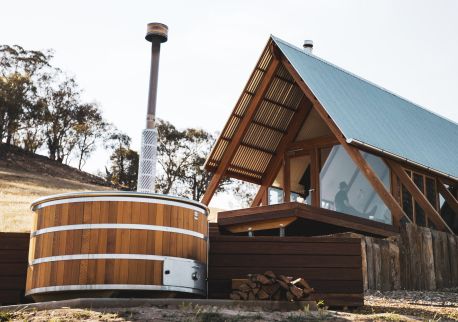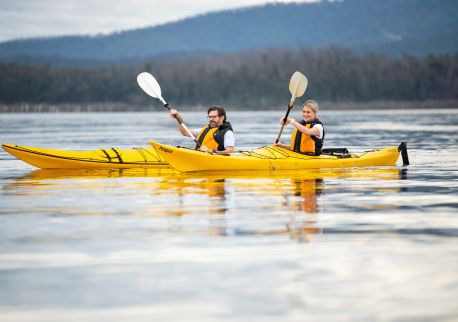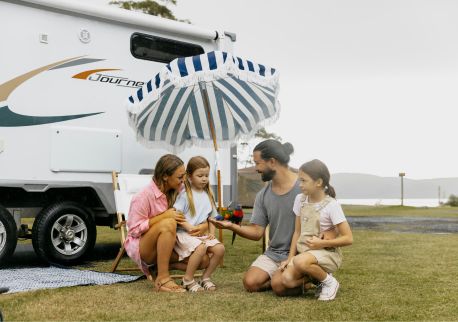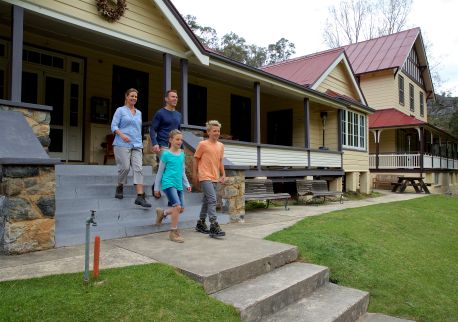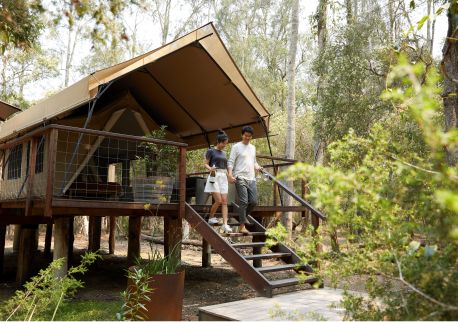Laurieton United Services Club
Overview
Laurieton United Services Club is a community hub known for its welcoming atmosphere and exceptional facilities. Positioned in the heart of Laurieton, located on the mid-north coast of New South Wales, approximately 400 kilometres north of Sydney and 30 kilometres south of Port Macquarie, the Laurieton United Services Club was established in 1953. The genesis of the club stemmed from the camaraderie and unity exhibited by servicemen and women during the Second World War.
The club offers a range of amenities including dining, live entertainment, specialised functions and social events. with a strong commitment to supporting local communities. The club prides itself on delivering outstanding customer service and fostering a sense of community, making it a premier destination for both locals and visitors seeking quality experiences in a friendly and relaxed setting.
Since its inception, the fundamental purpose of the club has remained the same: to provide a serene and convivial environment for the enjoyment of members and their guests. The board, management, and staff are dedicated to delivering exceptional service, continually striving to uphold and enhance the club's esteemed reputation.

